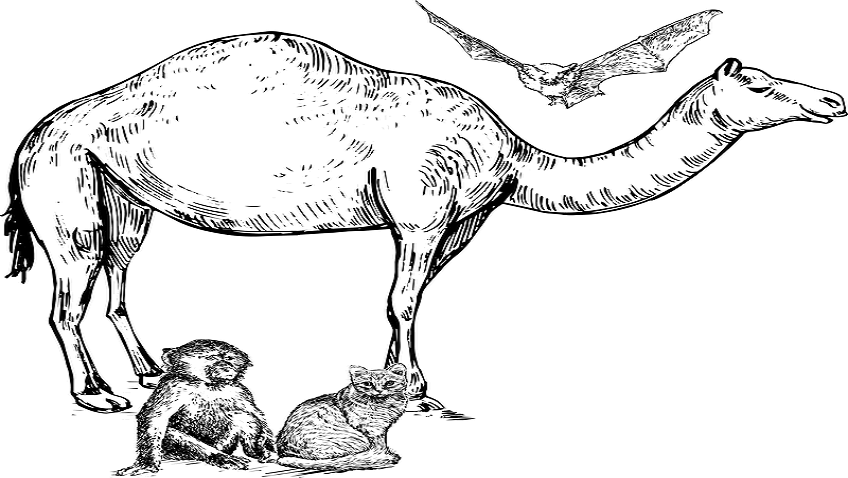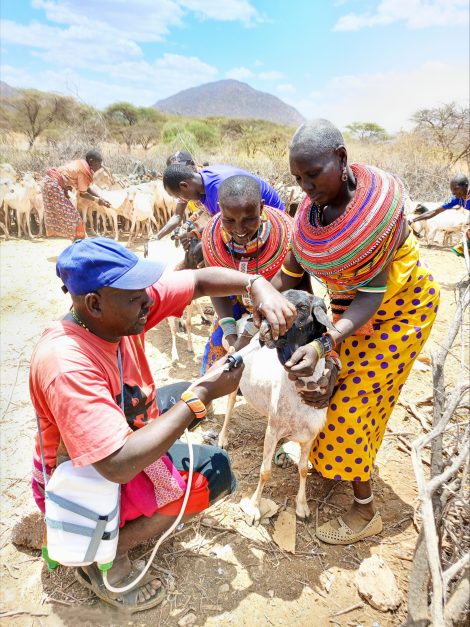
Data from more than 200 countries forecasts the full toll of antimicrobial resistance (AMR) on people, livestock and the economy and estimates a return of US$ 28 for every US$ 1 invested in drug innovation and healthcare improvements.
26 September 2024, New York – Drug-resistant pathogens could jeopardise the food supply of over two billion people and increase health care costs by US$ 159 billion annually by 2050, according to the most extensive modelling of the impact of AMR to date.
The analysis, produced by a global partnership of leading health and development organisations, is the first to comprehensively forecast the economic and health burdens of AMR on both humans and food-producing animals. It also found a return of US$ 28 for every US$ 1 invested if urgent action were to be taken now.
According to the UN, AMR is one of the top 10 global health threats facing humanity. It has led to the rise of “superbugs”, including bacteria no longer treatable using antibiotics.
The EcoAMR series (Health and Economic Impacts of AMR in Human and Food-Producing Animals), led by the World Organisation for Animal Health (WOAH), used the latest data from 204 countries and 621 subnational locations to forecast the impact of AMR on mortality, health care costs, food security and the global economy.
Released ahead of a High-Level Meeting on AMR at the UN General Assembly, the modelling found that, if no action is taken now, drug resistance could cause annual global GDP losses of up to US$ 1.7 trillion by 2050, while the spread of resistant pathogens from livestock to humans, could cost up to US$ 5.2 trillion. It also found that AMR could result in production losses in the livestock sector equivalent to the consumption needs of 746 million people, or more than two billion people in a more severe scenario by the same year.
The analysis, published in three reports, was produced by experts at WOAH, Animal Industry Data (AID), the Center for Global Development (CGD), Institute for Health Metrics and Evaluation (IHME) and RAND Europe, with contributions from The World Bank.
The threat of drug-resistant infections to human health is widely recognised but the impact of AMR on the health of animals, our environment and our economy cannot be overlooked. On top of the drastic human death toll, drug-resistant pathogens can also severely impact animal health and welfare. It creates huge strains on the economy as well as on our sustainable development efforts. For the first time, we have an idea of exactly what’s at stake unless the global community takes urgent action now.
The EcoAMR series authors have called for urgent investments to support AMR National Action Plans, of which almost 90 per cent have no funding allocated for their implementation. The human health research also showed that greater investment in new antibiotics, health care improvements, universal vaccine coverage and sanitation and hygiene could prevent more than 110 million human deaths from 2025 to 2050.
Investing in access to antibiotics and innovation for new drugs could also reduce human health costs by US$ 97 billion per year and increase the labour force by 23 million people, the rates of tourism by 1.2 per cent and hospitality by 0.6 per cent, adding US$ 960 billion to the annual GDP; and generate a further US$ 679 billion per year in health value, the human economic analysis found.
“AMR carries a significant economic burden, but taking prudent action now will see a significant return on investment through a reduction in health care costs, improvements in the economy, and a healthier society at large,” commented Anthony McDonnell, Policy Fellow at the Center for Global Development (CGD). “It is in high-income countries’ interests to ensure that those in poorer parts of the world have access to high-quality treatment.”
The animal health analysis showed that achieving a global 30 per cent reduction in livestock antimicrobial use within five year-time-period can lead to a cumulative increase in global GDP by US$ 120 billion from 2025 to 2050.
“These data highlight the need to accelerate comprehensive solutions to tackle AMR,” said Dr Christopher J.L. Murray, Director of the Institute for Health Metrics and Evaluation (IHME). “A ‘One Health’ approach, which spans the human, plant and animal sectors, is needed, as well as bringing the private and public sectors together to collaborate at the national and global levels. Only global will and investment, guided by evidence, can contain this growing health threat.”
The EcoAMR series estimates that about 39 million people could die due to AMR by 2050, especially among older people and those in low- and middle-income countries. This study is consistent with the results from the Global Research on Antimicrobial Resistance (GRAM) project recently published. Together, these findings provide a complete picture of the critical global threat posed by AMR.
Notes to editors:
To arrange any interviews/briefings, please contact:
Communication Department, World Organisation for Animal Health (WOAH), [email protected]
About the EcoAMR consortium of international partners:
The Center for Global Development (CGD) and Institute for Health Metrics and Evaluation (IHME) in partnership with the Global Research on Antimicrobial Resistance (GRAM) addressed the human health components, while RAND Europe and the World Organisation for Animal Health (WOAH) in partnership with Animal Industry Data (AID) covered the animal health aspect of this cross-sector initiative.


